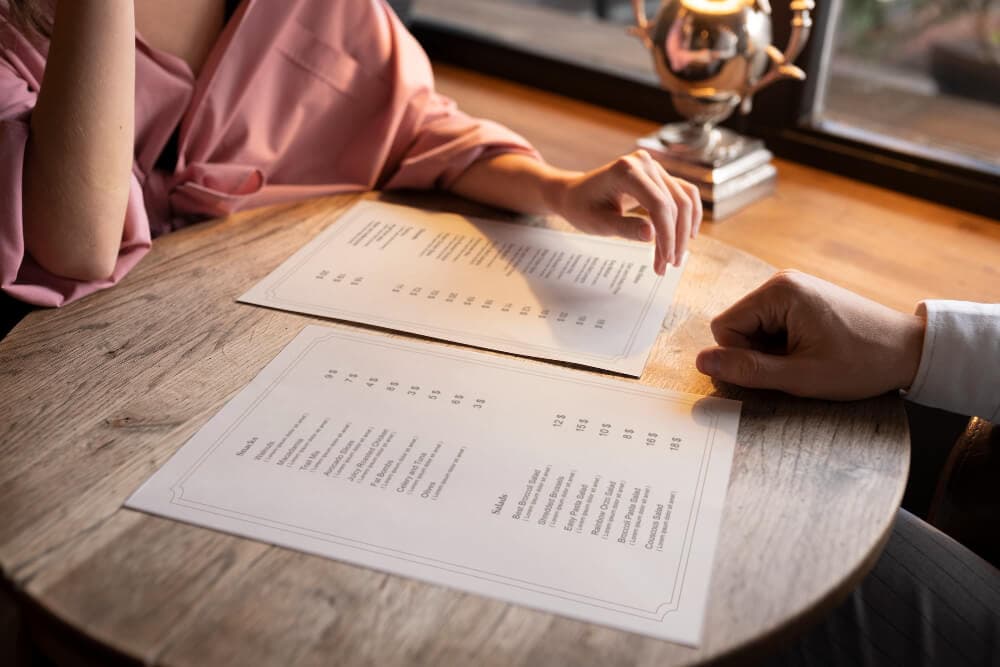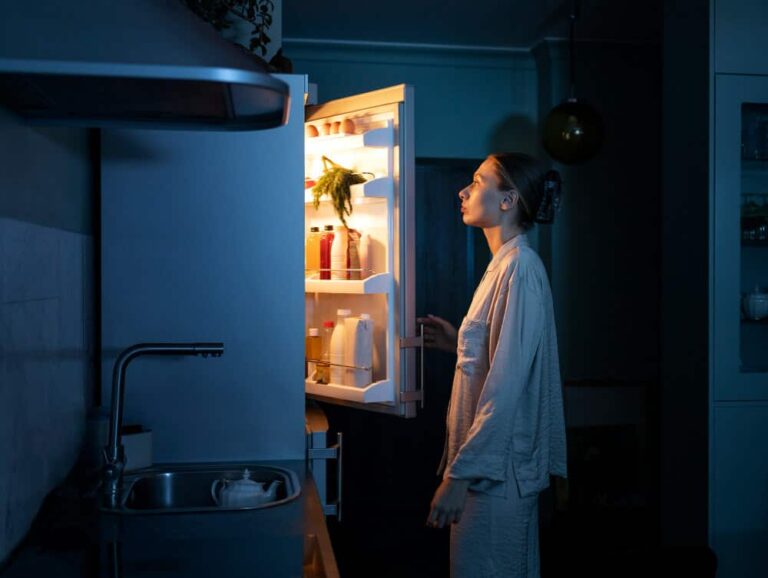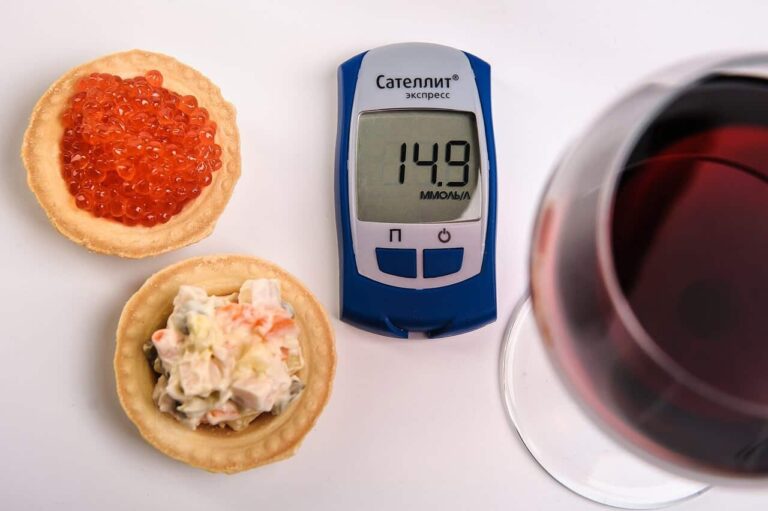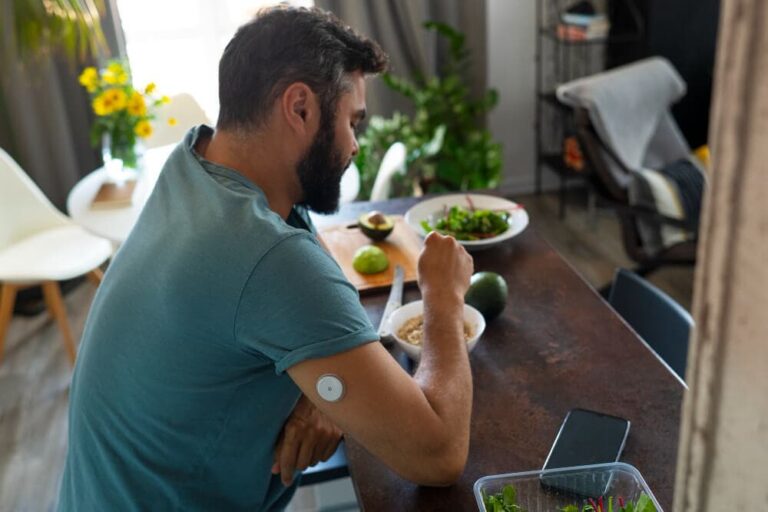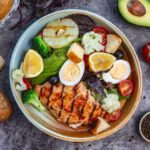Let’s be honest. For most people, “eating out” means relaxing, socializing, and enjoying a meal they didn’t have to cook. For us, living with Type 1 Diabetes, eating out can feel more like preparing for an undercover mission.
Your mission, should you choose to accept it: infiltrate a public dining establishment, analyze foreign materials (the menu), calculate complex variables (carbs, fat, protein), deploy a strategic countermeasure (insulin), and exfiltrate without incident (a blood sugar rollercoaster). All while pretending to have a normal, casual conversation with your dinner companions.
The pressure is real. The mental gymnastics are exhausting. And the fear of a CGM alarm blaring mid-dessert is enough to make anyone want to just stay home.
But here’s the truth: you don’t have to cancel your dinner plans. You don’t have to be the person who always orders the sad, dry chicken breast with a side of lettuce. With a little pre-mission briefing, the right spy gadgets, and some field-tested wisdom, you can master the art of dining out and reclaim it as a source of joy.
This message will not self-destruct. This is your official field guide.
Mission Briefing (Disclaimer): I’m your content manager, a fellow agent in the field of T1D. I am not a dietitian or a medical professional. This guide contains intel gathered from extensive research and real-world operations. Always use your own judgment and consult with your command center (your endocrinologist) for personalized strategies.
Phase 1: Pre-Mission Reconnaissance (The Power of Planning)
A successful mission never begins on a whim. It begins with intelligence gathering. The 15 minutes you spend planning before you leave the house will save you hours of stress and high blood sugar later.
- Intel Gathering (Scout the Menu): Your primary target is the restaurant’s online menu. Most places post them online. Look for dishes, but more importantly, look for clues. Is there a “Nutrition” link? That’s a goldmine. If not, analyze the descriptions. “Honey-glazed,” “crispy,” “creamy sauce” are all code words for “hidden carbs and fat.”
- Establish a Baseline (Check Your BG): You wouldn’t launch a mission in a storm. Don’t start a meal with a blood sugar of 250 mg/dL. Ideally, you want to be in your target range (e.g., 90-140 mg/dL) with a stable trend arrow on your CGM before you even sit down. If you’re high, take a small correction dose well before you plan to eat.
- Arm Your Weapon (The Pre-Bolus): If you have a good idea of what you’ll order, deploying your insulin 15-20 minutes before the food arrives is a game-changing tactic. It gives your insulin a head start to fight the initial carb wave. Caution: If service is notoriously slow or you’re unsure when food will arrive, it’s safer to wait until the plates hit the table. A hypo in a restaurant is a mission complication you don’t need.
Many large chain restaurants provide nutritional information online. For others, apps like CalorieKing can be a helpful resource for estimating.
Phase 2: Infiltrating the Menu (Decoding Your Options)
You’re at the table. The menu is in your hands. It’s time to make smart, strategic choices.
Your Safest Allies on Any Menu:
- Grilled, Baked, or Steamed Proteins: Grilled chicken, steak, fish, or tofu are your friends. They provide satiety with minimal impact on blood sugar.
- Non-Starchy Vegetables: A side of steamed broccoli, asparagus, green beans, or a large salad is a perfect way to fill your plate without filling your carb quota.
Targets to Approach with Caution (The Variables):
- The Sauce and Dressing Conspiracy: These are the undercover agents of sugar. A seemingly innocent vinaigrette can be loaded with honey or syrup. Always ask for sauces and dressings on the side. This puts you in control of how much you use.
- The Carb-Dense Sides: A baked potato, a scoop of rice, a side of pasta. These are not forbidden, but they require accurate carb counting and a well-timed bolus.
- “Crispy,” “Battered,” or “Fried” Code Words: These mean breading, which means extra carbs and a lot of fat. This combo is the primary cause of the “afterparty spike” we dread.
Phase 3: The “Pizza Effect” & Advanced Bolus Tactics
This is where you graduate from agent to spy master. You understand that a slice of pizza is not the same as a bowl of cereal, even if the carb count is identical.
The high fat content in many restaurant meals (pizza, creamy pasta, fried food, a rich steak) acts like a stealth shield, delaying the absorption of carbohydrates.
- The Problem: Your fast-acting insulin peaks and starts to fade before the majority of the carbs have even entered your bloodstream. The result: a potential low in the first 1-2 hours, followed by a relentless, stubborn high 3-6 hours later.
- The Solution (Your Spy Gadgets):
- Insulin Pump Users: The Extended Bolus or Dual/Combo Bolus is your ultimate gadget for this mission. It allows you to deliver a portion of the dose upfront (for the initial carbs) and the rest over a period of hours (for the delayed fat/protein rise). For a pizza, a 50/50 split over 3-4 hours is a common starting point.
- MDI (Injection) Users: You can mimic this tactic by splitting your dose. Take your main bolus before the meal, and then a second, smaller injection 1.5-2 hours later to cover the delayed wave. This is an advanced tactic. Discuss the specifics and safety with your doctor.
Phase 4: Mission Debriefing & Damage Control
No mission is always perfect. Sometimes, your intel is wrong, or unexpected variables appear. What matters is how you react.
- Scenario 1: The Unexpected Spike (Intel was wrong)
- Situation: That pasta dish was way more carbs than you estimated. Your CGM is screaming “250 and climbing.”
- Action Plan: 1. Don’t panic. 2. Take a calm, calculated correction bolus. 3. If possible, a 15-minute post-meal walk can work wonders to help your insulin work better. 4. Make a mental note for next time: “That restaurant’s pasta portions are huge.”
- Scenario 2: The Pre-Meal Hypo (Counter-agent struck early)
- Situation: You pre-bolused, but the kitchen is in chaos and your food is nowhere in sight. You feel the shakes coming on.
- Action Plan: 1. Do not be embarrassed. This is a medical need. 2. Immediately consume your fast-acting carbs (glucose tabs/gel). 3. Signal the waiter and calmly explain you have diabetes and need a piece of bread or a glass of juice now. Your health is more important than politeness.
Final Thoughts: You Are Cleared for Enjoyment
Eating out with Type 1 Diabetes is a skill. And like any skill, it gets easier with practice. It’s about shifting your mindset from restriction to strategy, from fear to confidence.
Every meal out is a new mission, a new piece of data for your personal logbook. Sometimes you’ll nail it and feel like James Bond. Other times, it’ll be a bit messy, more like Johnny English. And that’s okay.
Food is one of life’s great connectors and greatest pleasures. Diabetes doesn’t get to steal that. So study your intel, pack your gadgets, and go enjoy that meal. You’ve been cleared for the mission.


